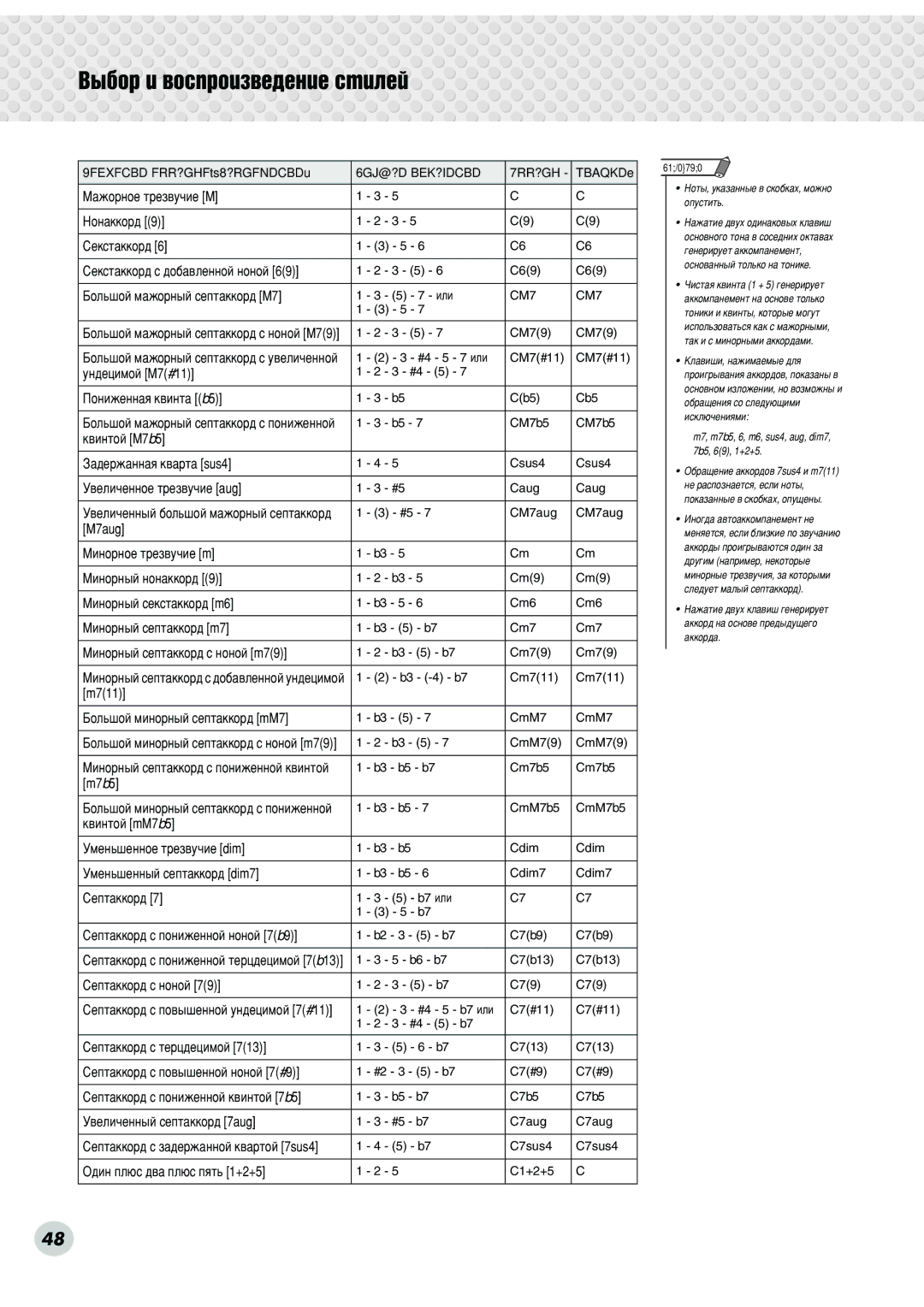DGX-300, DGX-500 specifications
The Yamaha DGX-500 and DGX-300 are portable grand pianos that seamlessly blend advanced technology with user-friendly features, making them a great choice for both beginners and experienced musicians alike. These digital pianos are part of Yamaha's acclaimed DGX series, known for their versatility, sound quality, and innovative functionalities.One of the standout features of the Yamaha DGX-500 is its extensive selection of voices. Equipped with over 500 instrument voices, it includes everything from traditional piano sounds to a wide range of orchestral instruments, synthesizers, and percussion. This plethora of choices enables musicians to explore various musical styles and genres, making the DGX-500 a versatile instrument for creative expression.
The DGX-300, while slightly more affordable, does not compromise on quality. It boasts over 100 richly sampled voices, giving players the essentials they need to explore their musical ideas. Both models incorporate Yamaha's advanced AWM2 (Advanced Wave Memory) technology, which ensures high-quality sound reproduction and remarkable realism in every note played.
In addition to their vast selection of voices, these digital pianos offer an impressive set of accompaniment features. With built-in styles that encompass various genres, users can automatically generate realistic backing tracks, allowing them to play along and create full arrangements effortlessly. This feature is particularly beneficial for solo performers and songwriters looking to enhance their live performances.
The keys of the DGX-500 and DGX-300 are designed with a Graded Soft Touch keyboard, providing a comfortable playing experience that closely mimics the feel of an acoustic piano. This responsive action allows for expressive playing, which is especially useful during dynamic performances.
Connectivity options are also a highlight of both models. They feature USB and MIDI connectivity, enabling musicians to connect to computers, recording equipment, or MIDI devices, expanding their creative possibilities. Additionally, the DGX-500 features a built-in song recorder, allowing users to capture their performances and ideas for later refinement.
Overall, the Yamaha DGX-500 and DGX-300 represent a perfect blend of innovative technology and user-friendly design. Whether you're a budding pianist, an aspiring songwriter, or a seasoned performer, these digital pianos provide all the tools and features necessary for exploring your musical journey. Their superb sound quality, extensive voice selections, and versatile functionalities make them standout choices in the realm of digital keyboards.

